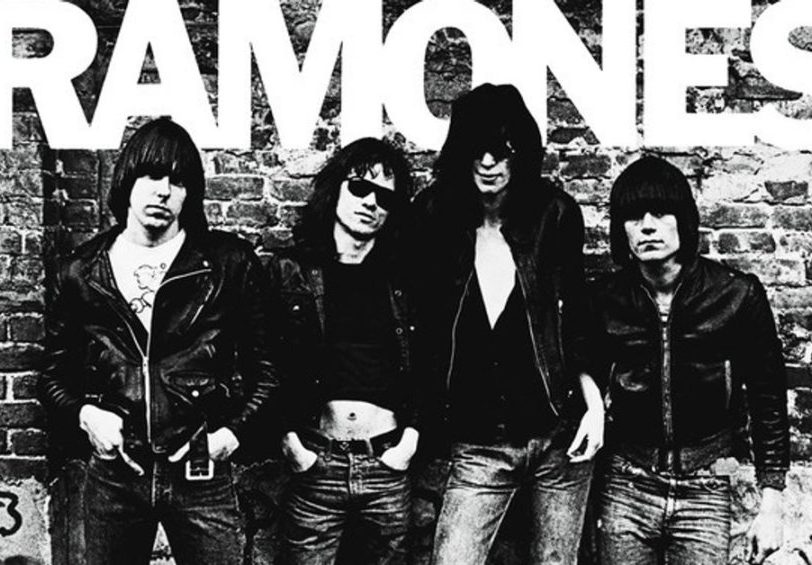Ramones’ self-titled debut album sold next to nothing on release, yet in terms of influence, it casts the longest of shadows. Indeed, in the same way that The Velvet Underground & Nico has since inspired virtually every alt-rock outfit worth their salt, Ramones’ opening salvo is now widely accepted as the record which drew up the blueprint for punk and altered the course of modern music for good during the latter half of the 70s.
“It was a fresh, wild and powerful sound and it was easy,” The Damned’s guitarist Captain Sensible said, in Everett True’s Hey Ho Let’s Go: The Story Of The Ramones. “You could plonk their record on, grab hold of a bass or a guitar or whatever, and jam along. That’s how I used to practice – and Sid Vicious as well… Anyone can write a rock song, but the genius of the Ramones was that they had these brilliant tunes coming out their earholes.”
Listen to Ramones’ debut album here.
“Ramones hit you over the head with what rock’n’roll was about”
One of the primary reasons Ramones’s debut album sounded so vital when it first appeared, in the spring of 1976, was because the wider rock’n’roll scene had stagnated in the mid-70s. By 1974, glam-rock had fizzled out, and the era’s increasingly turgid progressive-rock outfits held little appeal for many young music fans – not least four young men from New York City’s Forest Hills suburb who cherished the finest 60s garage-rock and bubblegum pop sounds, but were disgusted by what they were hearing on the radio.
Having duly formed their own band, bassist Douglas Colvin (aka Dee Dee Ramone) suggested they all adopt the surname Ramone (adapted from Paul McCartney’s early stage name, Ramon), after which vocalist Jeff Hyman, guitarist John Cummings and drummer Thomas Erdelyi became, respectively, Joey, Johnny and Tommy Ramone.
The boys then matched their brotherly image with their signature style of leather jackets and ripped jeans. To complete their offensive, they proceeded to write and rehearse a set of short, sharp two-minute songs which flaunted their love of classic 60s pop but enhanced it with buzzsaw guitars and frantic rhythms which left absolutely no space for indulgent guitar solos.




